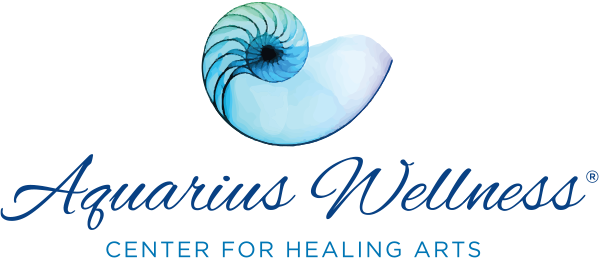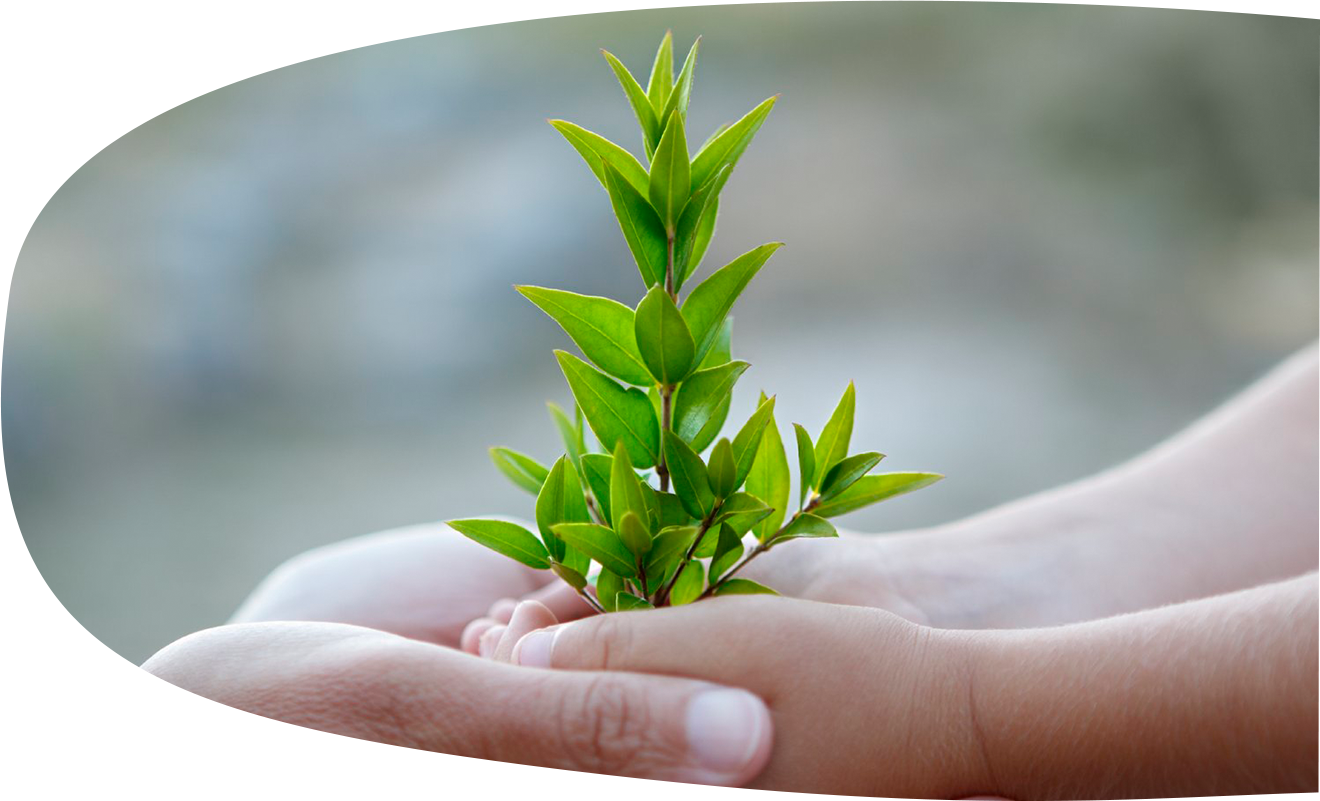Reflexology Massage: Complete Guide to Benefits, Techniques & What to Expect
Are your feet trying to tell you something? If you’ve been dealing with stress, tension, or just feeling out of balance in the busy St. Louis area, reflexology massage might be exactly what your body needs. This ancient healing practice uses specific pressure points on your feet to promote wellness throughout your entire body.
Whether you’re a busy professional in Clayton, a parent juggling schedules in Chesterfield, or someone seeking natural wellness solutions anywhere in the Greater St. Louis region, reflexology offers a peaceful escape that delivers real health benefits.
In this comprehensive guide, you’ll discover how reflexology works, its proven benefits, what happens during a session, and how to choose the right treatment for your needs.
Table of Contents
- What is Reflexology Massage?
- How Reflexology Works: The Science Behind Foot Zones
- Proven Health Benefits of Reflexology
- What to Expect During Your Session
- Reflexology vs. Regular Foot Massage
- Who Should Try Reflexology
- Preparing for Your Reflexology Session
- Finding Quality Reflexology Services
What is Reflexology Massage?
Reflexology is a therapeutic practice that applies targeted pressure to specific points on your feet that correspond to different organs, systems, and parts of your body. Unlike a regular foot massage focused on muscle relaxation, reflexology aims to restore balance and promote healing throughout your entire body.
The foundation of reflexology lies in the belief that your feet contain a complete “map” of your body. Each area of your foot connects to a specific body part through energy pathways called meridians. When a trained therapist applies pressure to these reflex points, it can help:
- Reduce tension and stress
- Improve circulation
- Support natural healing processes
- Restore energy balance
- Promote deep relaxation
This ancient practice has been used for thousands of years across various cultures, from ancient Egypt to traditional Chinese medicine, and continues to gain recognition in modern wellness practices.
How Reflexology Works: The Science Behind Foot Zones
Your feet contain over 7,000 nerve endings, making them incredibly sensitive to touch and pressure. Reflexology theory suggests that your body is divided into ten vertical energy zones that run from your head to your toes. These zones act like pathways through which life energy flows.
The Foot Map Connection Each area of your foot corresponds to specific body parts:
- Your big toe relates to your head and brain
- The ball of your foot connects to your chest and lung area
- Your arch corresponds to your digestive system
- Your heel relates to your lower back and intestines
When energy becomes blocked in these pathways due to stress, illness, or tension, you may experience discomfort or health issues. Reflexology works by applying precise pressure to clear these blockages, allowing energy to flow freely again.
Modern Research Findings Recent studies have shown that reflexology can trigger the release of endorphins (your body’s natural pain relievers) and activate the parasympathetic nervous system, which promotes relaxation and healing. While more research is ongoing, many people report significant improvements in their well-being after regular reflexology sessions.
Proven Health Benefits of Reflexology
Research and countless personal experiences have documented numerous benefits of reflexology massage:
Stress Relief and Mental Health Reflexology naturally calms your nervous system, helping you feel more relaxed and centered. Many people experience reduced anxiety, better mood stability, and improved mental clarity after sessions.
Pain Management The targeted pressure applied during reflexology can help alleviate various types of pain, including headaches, back pain, and arthritis discomfort. The treatment works by encouraging your body’s natural pain-relief mechanisms.
Better Sleep Quality By promoting deep relaxation and reducing stress hormones, reflexology often leads to more restful sleep. Many clients report falling asleep faster and waking up feeling more refreshed.
Improved Circulation The massage techniques used in reflexology enhance blood flow throughout your body, which can help with healing, reduce swelling, and improve overall energy levels.
Digestive Support Specific reflex points on your feet correspond to digestive organs. Stimulating these areas may help with digestive issues and promote better nutrient absorption.
Enhanced Well-being Regular reflexology sessions can boost your overall sense of wellness, helping you feel more balanced, energized, and resilient to daily stressors.
What to Expect During Your Reflexology Session
Understanding what happens during a reflexology session can help you feel more comfortable and get the most from your experience.
Before Your Session You’ll typically start with a brief consultation where your therapist asks about your health history, current concerns, and wellness goals. This helps them customize the treatment to your specific needs.
The Treatment Process During your session, you’ll remain fully clothed (wearing comfortable exercise attire is recommended) and simply remove your shoes and socks. You’ll relax in a comfortable reclining chair or lie on a massage table.
Your therapist will:
- Begin by examining your feet for any areas of concern
- Start with gentle warming techniques to help you relax
- Apply specific pressure to various reflex points using thumbs, fingers, and specialized techniques
- Work systematically through different zones of your feet
- Adjust pressure based on your comfort level and response
Sensations You Might Experience Most people find reflexology deeply relaxing, though you might notice:
- Tender spots that correspond to areas of tension in your body
- A warm, tingling sensation as energy begins to flow
- Deep relaxation that may lead to light sleep
- Temporary emotional releases as stress leaves your body
Session Duration A typical reflexology session lasts 30 to 60 minutes, depending on your needs and the specific treatment plan.
Reflexology vs. Regular Foot Massage: Key Differences
While both treatments focus on your feet, they serve different purposes:
Reflexology
- Targets specific reflex points that correspond to body organs
- Focuses on promoting healing throughout the entire body
- Uses precise pressure techniques on mapped zones
- Aims to balance energy and restore wellness
- Can be performed fully clothed
Regular Foot Massage
- Concentrates on muscle relaxation in feet and lower legs
- Primarily provides local relief and relaxation
- Uses broader massage strokes and techniques
- Focuses on improving circulation in feet and ankles
- Often includes oils or lotions for skin benefits
Both treatments offer valuable benefits, and some wellness centers combine elements of both for a comprehensive foot care experience.
Who Should Try Reflexology?
Reflexology can benefit almost anyone, but it’s particularly helpful for people experiencing:
Stress and Anxiety If you’re dealing with work stress, life transitions, or general anxiety, reflexology’s calming effects can provide significant relief.
Chronic Pain Conditions People with arthritis, fibromyalgia, or ongoing back pain often find reflexology helps manage their discomfort naturally.
Sleep Issues If you struggle with insomnia or restless sleep, the deep relaxation promoted by reflexology may help reset your sleep patterns.
Digestive Problems Those dealing with digestive issues may benefit from the specific reflex points that correspond to digestive organs.
General Wellness Maintenance Even if you’re healthy, regular reflexology sessions can help maintain balance and prevent stress-related health issues.
Important Considerations While reflexology is generally safe, consult with your healthcare provider before starting sessions if you have:
- Foot injuries or infections
- Blood clots or circulation disorders
- Pregnancy (especially first trimester)
- Serious medical conditions requiring ongoing treatment
Preparing for Your Reflexology Session
To get the most from your reflexology experience:
What to Wear Choose comfortable, loose-fitting exercise attire that allows easy access to your feet and lower legs. Avoid tight socks or shoes that might leave marks on your feet.
Before Your Appointment
- Wash your feet thoroughly
- Avoid heavy meals 1-2 hours before your session
- Stay hydrated by drinking water
- Arrive a few minutes early to relax and complete any paperwork
Setting Intentions Take a moment to think about what you hope to gain from your session. Whether it’s stress relief, pain management, or general wellness, having clear intentions can enhance your experience.
After Your Session
- Drink plenty of water to help flush toxins
- Rest when possible to allow your body to integrate the treatment
- Pay attention to how you feel over the next 24-48 hours
- Consider scheduling regular sessions for ongoing benefits
Finding Quality Reflexology Services
When choosing a reflexology practitioner, look for:
Proper Training and Certification Ensure your therapist has completed recognized reflexology training and holds appropriate certifications.
Clean, Professional Environment The treatment space should be clean, comfortable, and create a relaxing atmosphere.
Personalized Approach Quality practitioners take time to understand your individual needs and customize treatments accordingly.
Clear Communication Your therapist should explain the process, check on your comfort during treatment, and answer any questions you have.
Experience with Your Specific Needs If you have particular health concerns, look for practitioners with experience in those areas.
Experience the Benefits of Professional Reflexology
Reflexology massage offers a natural, non-invasive way to support your body’s healing processes and promote overall wellness. Whether you’re seeking stress relief, pain management, or simply want to maintain optimal health, this ancient practice can be a valuable addition to your wellness routine.
The key to experiencing reflexology’s full benefits lies in working with skilled practitioners who understand the intricate connections between your feet and your overall health. Professional reflexology sessions provide the expertise and personalized attention needed to address your specific wellness goals effectively.
Ready to discover how reflexology can enhance your well-being? Consider adding this therapeutic treatment to your wellness journey and experience the profound relaxation and healing benefits that have helped people feel more balanced and energized for thousands of years.
Remember that while reflexology can be a wonderful complement to your wellness routine, it’s not intended to replace medical treatment for serious health conditions. Always consult with your healthcare provider about any health concerns.

